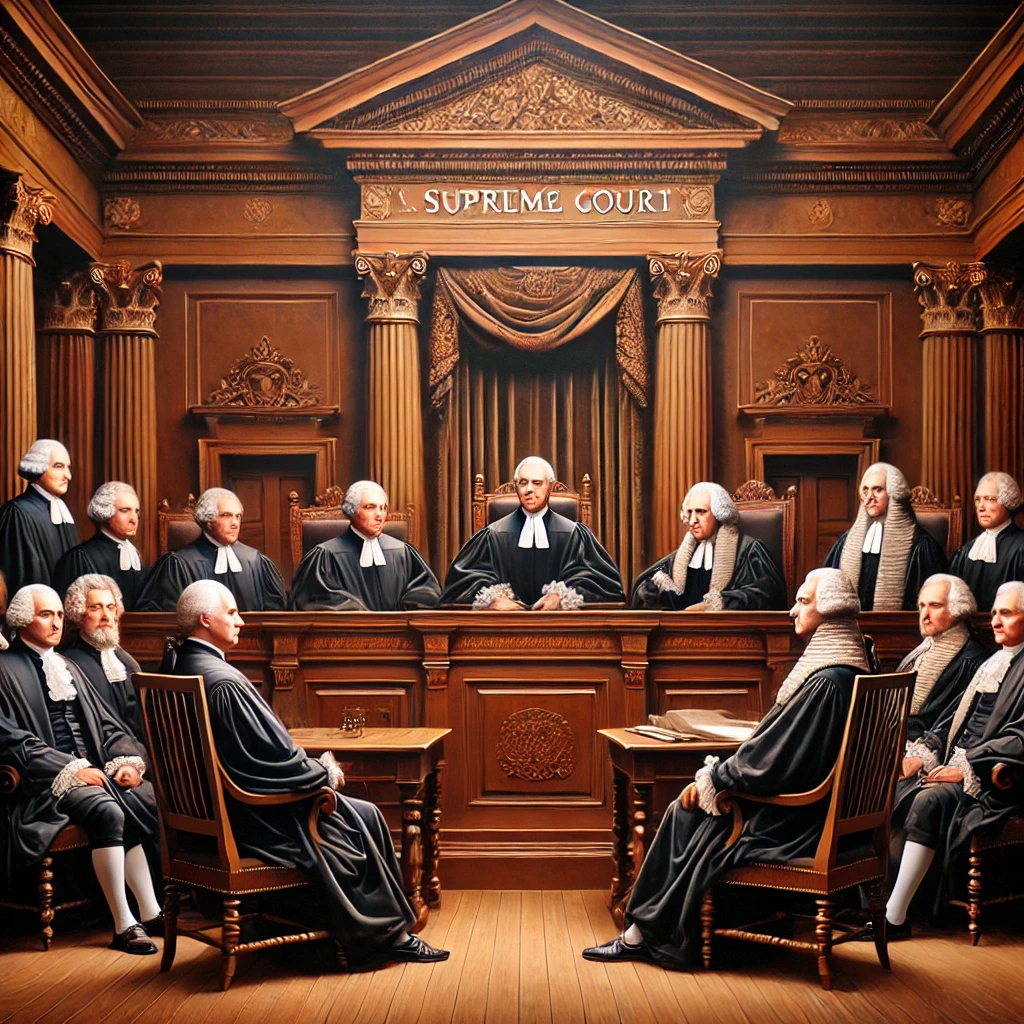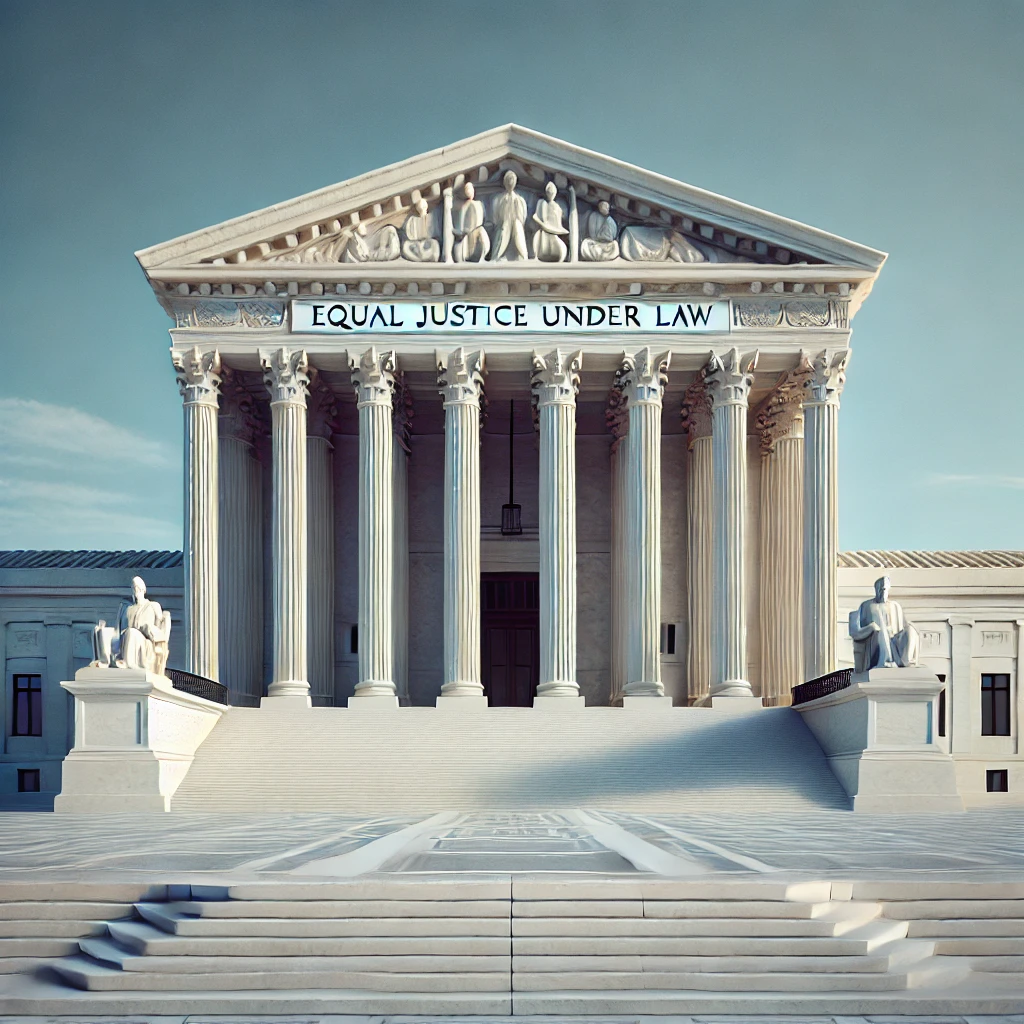On February 1st, 1790, the United States Supreme Court convened for the first time in New York City, setting the stage for its crucial role in interpreting the nation’s laws. This inaugural session marked the beginning of a judicial institution that would go on to shape American governance, ensuring that the Constitution remained the guiding framework for the country. Though the Court’s early years were relatively quiet, its establishment was a vital step in solidifying the federal judiciary as a coequal branch of government.

The Creation of the Supreme Court
The Supreme Court was established by Article III of the U.S. Constitution, which granted Congress the authority to organize the judicial branch. The Judiciary Act of 1789 laid the groundwork for the Court’s structure, defining its jurisdiction and appointing six justices to preside over cases. President George Washington selected the first justices, with John Jay serving as the nation’s first Chief Justice. The early Court had little power compared to the executive and legislative branches, but it was designed to provide stability and consistency in legal interpretation.
The initial years of the Supreme Court were marked by logistical challenges and a lack of major cases. Justices often traveled long distances to preside over circuit courts, a duty that consumed much of their time. The Court’s decisions in these early years were not particularly influential, but its very existence provided a foundation for the evolving legal system of the United States.

The Court’s Evolving Role in American Law
While the first session of the Supreme Court was largely administrative, the institution quickly evolved into a powerful arbiter of constitutional law. One of the most significant milestones in its early history came in 1803 with the landmark case of Marbury v. Madison, which established the principle of judicial review. This decision cemented the Court’s authority to strike down laws that it deemed unconstitutional, ensuring that the legislative and executive branches remained within the boundaries of the Constitution. Over time, the Supreme Court would become a critical force in shaping civil rights, economic policy, and social issues in the United States.
Throughout the 19th and 20th centuries, the Court played an increasingly influential role in American life. Landmark cases such as Dred Scott v. Sandford, Plessy v. Ferguson, and Brown v. Board of Education demonstrated the Court’s power in shaping national policies on issues like slavery, segregation, and equal protection under the law. These decisions not only reflected the political climate of their times but also set precedents that would guide future legal interpretations.
The Supreme Court’s Lasting Impact

Today, the Supreme Court remains one of the most influential institutions in American democracy. It has played a pivotal role in defining fundamental rights, from desegregation in Brown v. Board of Education to the protection of free speech and privacy rights. As the final interpreter of the Constitution, the Court continues to influence public policy and societal values, often deciding cases that have profound implications for generations to come.
The establishment of the Supreme Court on that historic day in 1790 laid the foundation for a judicial system that upholds the rule of law and ensures that justice prevails in the United States. As the nation continues to evolve, the Court’s role in shaping American democracy remains as critical as ever, balancing the principles of liberty, equality, and justice for all.
